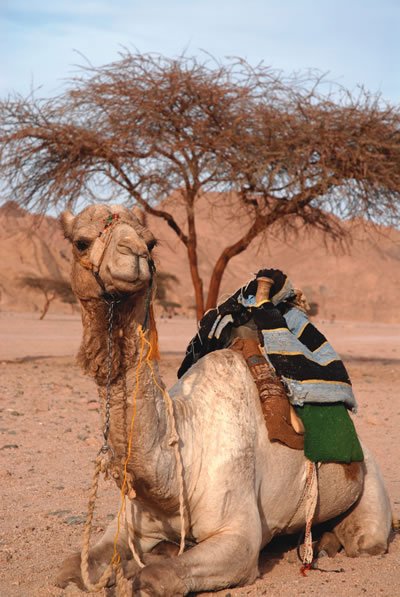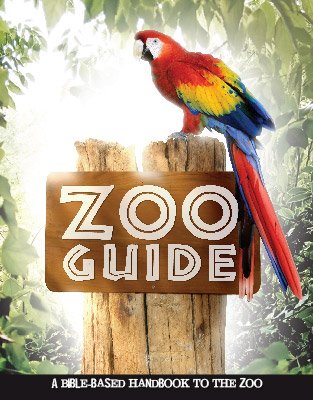The most prominent difference between the Bactrian and Dromedary camels is their humps. The Bactrian camel has two humps on its back while the Dromedary camel has only one.

Design
A camel has two sets of eyelashes that protect its eyes from the blowing sands of the deserts. A camel can allow its body temperature to reach up to 106°F (41°C), which allows it to travel in hot, dry areas without losing great amounts of water. The humps of camels are not used for water-storage; they are areas of fat, which provide food during shortage. They can store up to 100 lbs (45 kg) of food. A camel’s feet are specially padded to endure the hot sand of the desert without blistering.
Features
- The most prominent difference between the Bactrian and Dromedary camels is their humps. The Bactrian camel has two humps on its back while the Dromedary camel has only one.
- Another difference between these two species is the length of their hair. Dromedary camels have shorter hair than the Bactrian.
Fun Facts
- Camels are called “ships of the desert.”
- A camel can consume up to 30 gallons (114 l) of water at one time.
- It can close its nostrils to keep out sand.
Created Kind Members
Llama
CLASS: Mammalia (mammal)
ORDER: Artiodactyla (even-toed hooves)
FAMILY: Camelidae (camels, llamas, and vicunas)
GENUS/SPECIES: Camelus bactrianus and C. dromedarius
(Bactrian and Dromedary)
Size: Around 7 ft tall (2.1 m)
Weight: Between 990 and 1,450 lbs (449–658 kg)
Original Diet: Plants
Present Diet: Plants
Habitat: Desert regions in Africa, the Middle East, China, and Central Asia
Zoo Guide
Make your next visit to the zoo more than just fun—make it factual and fascinating too! You could even start a personal “creation zoo tours” ministry. Featuring more than 100 animals, our long-awaited Zoo Guide includes beautiful pictures and explores the amazing facts and design features that point to our awesome Creator. Excellent gift for any one who loves animals!
Browse Kids Book- © 2024 Answers in Genesis
- Privacy Policy
- Contact
- About

